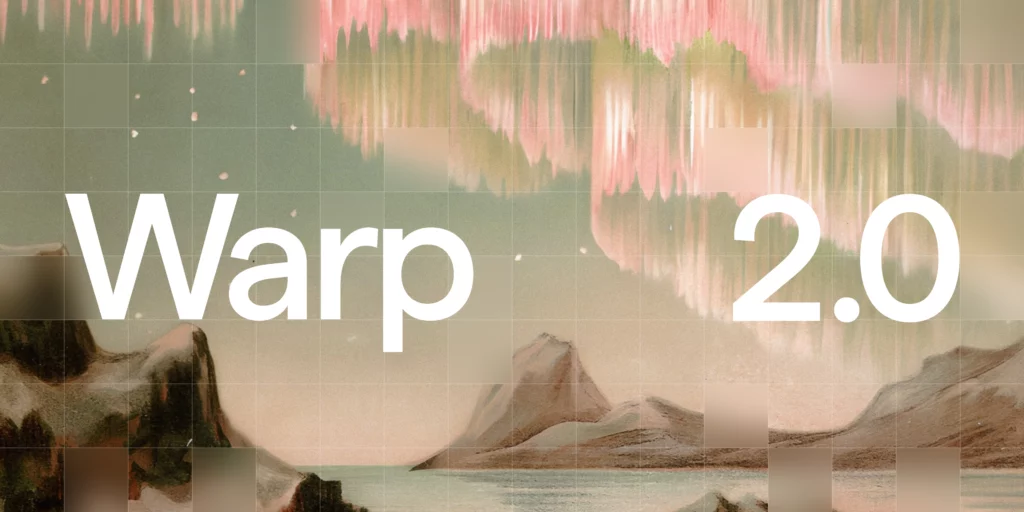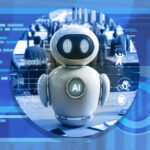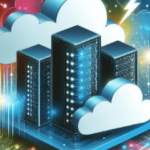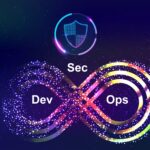
A New Chapter for Developer Tools
Warp 2.0 marks a pivotal shift not only for the product but for how developers engage with intelligent systems. Originally introduced as a fast, modern terminal with helpful AI integrations, Warp has now redefined its identity. With this release, it emerges as an Agentic Development Environment (ADE)—a platform purpose-built for collaborating with AI agents to build, debug, and ship code faster and more intelligently.
This transformation responds to a growing gap in the current tool ecosystem. While many IDEs and command-line tools now include AI, they treat it as a secondary experience—often bolted on in the form of chat widgets or floating assistants. Warp 2.0 throws that model out the window, designing every feature around the core concept of agent-native development.
The Need for Agent-Native Workflows
Zach Lloyd, CEO and founder of Warp, emphasizes the limitations of today’s AI developer tools. According to him, most environments do not properly support real-world development workflows. Instead, they isolate AI in chat panels or restrict it within narrowly scoped CLI helpers.
For AI to truly help developers, it needs full context—of the codebase, the terminal history, the infrastructure environment, and the developer’s intent. Warp 1.0 made progress by placing AI within the terminal, giving it a better starting point. But it still lacked the scaffolding necessary to run and manage multiple agents, define clear workflows, and coordinate human-agent collaboration in a meaningful way.
Warp 2.0 introduces that scaffolding—and much more. It reimagines what it means to “develop” software in a world where code is increasingly written, reviewed, and deployed with the assistance of intelligent systems.
From Terminal Tool to Intelligent Development Hub
At its core, Warp 2.0 retains what made the original terminal successful: speed, clarity, and keyboard-driven efficiency. But it now layers in a powerful new agentic infrastructure.
Developers can work with Warp not just as a shell, but as a command center where coding, prompting, agent control, and task execution all happen seamlessly. Whether you’re fixing bugs, building features, running deployments, or debugging infrastructure, Warp gives you a single, smart interface to get it done—with AI at your side.
What makes this transformation so compelling is that Warp hasn’t simply added features. It has restructured the developer experience around four central capabilities—each of which contributes to the ADE vision.
A Smarter, Prompt-Based Coding Experience
One of the most immediate changes is the way Warp handles code. Instead of forcing developers to jump between terminals, editors, and search tools, Warp now allows you to write a natural-language prompt—and let the system take it from there.
Whether you need to create a new function, refactor legacy code, or generate tests, Warp uses powerful AI models and a combination of tools like grep, glob, and vector-based code embeddings to find relevant files and modify them intelligently.
The coding system works even across multiple repositories and large-scale monoliths—something that traditional IDE assistants struggle with. Warp used this very system to rebuild its own platform, proving the capabilities are not only theoretical—they’re production-grade.
This new way of coding changes how developers think. You’re no longer bound to editing one file at a time. You can now think in terms of objectives, and let your AI agents help you navigate and act on your goals across your entire codebase.
Warp Agents: From AI Sidekicks to Task-Oriented Collaborators
The introduction of agents in Warp 2.0 is perhaps its most defining feature. Unlike simple AI assistants that answer questions, Warp’s agents behave like task-oriented collaborators. They can be directed to fix issues, build new components, analyze server logs, or optimize infrastructure settings.
What sets these agents apart is how they manage context and autonomy. Each agent begins its work by presenting a plan—outlining what it will do and how it intends to execute the task. Developers can either guide it step by step or allow it to work independently, depending on the complexity and risk of the task.
Agents can also persist. They’re not limited to one interaction or command. They can run for hours if needed, gathering information, monitoring systems, or waiting for user input. This persistence allows for more fluid, multi-stage workflows that mirror how real developers operate.
Complete Control Over Permissions and Behavior
To ensure trust and safety, Warp gives developers complete control over what agents can and cannot do. You can set permissions at a fine-grained level, defining whether an agent can:
- Auto-accept code changes
- Read and edit certain files
- Execute system commands
- Access specific CLI tools
You can also maintain allowlists and denylists, ensuring agents only interact with whitelisted parts of your environment.
Warp provides a real-time Agent Management UI, where you can track running agents, see what they’re working on, and receive notifications when they need help or have completed their tasks.
This level of transparency and governance is critical in enterprise settings where automation must be tightly controlled and auditable.
Built with Privacy and Developer Trust in Mind
Warp 2.0 was built with security and privacy at the forefront. The platform enforces a zero-data retention policy with its language model providers. This means any prompts or files sent to AI models are not stored or used to train future models.
Developers also have full control over what telemetry is collected, and can choose to disable crash reporting or data sharing entirely. These options give teams peace of mind, knowing their source code and systems are protected.
The Terminal, Reimagined
While Warp 2.0 includes many advanced features, it doesn’t forget its roots. The terminal experience is still central to the platform—but now, it feels more like a hybrid between a terminal and a modern IDE.
It includes real-time command predictions, auto-completions, syntax highlighting, and mouse interactions. You can switch between command mode and agent mode manually, or allow Warp to intelligently detect what mode to use based on your input.
This seamless blending of natural language, code, and command-line operations makes Warp incredibly flexible. It supports your existing workflows while enabling you to explore new, more efficient ones powered by AI.
Warp Drive: Shared Knowledge That Powers the Whole Team
Another cornerstone of Warp 2.0 is Warp Drive—a central knowledge store for both developers and agents. Warp Drive acts like a team brain, allowing you to save and share commands, prompts, scripts, environment variables, and configuration settings.
More importantly, agents can also reference Warp Drive, which helps them understand how your team prefers to operate. Whether it’s coding standards, deployment workflows, or naming conventions, Warp Drive ensures that AI agents behave like team players, not isolated bots.
This shared space brings consistency to your projects, making onboarding easier and reducing the risk of error across large teams.
Proven Results That Save Time and Improve Code Quality
Warp didn’t just launch 2.0—they tested it rigorously. In early usage, developers using Warp’s agent-powered workflows saved an average of 6 to 7 hours per week. The platform also recorded a 95% acceptance rate for over 75 million lines of agent-generated code.
These metrics underscore that Warp isn’t just an experiment. It’s a battle-tested productivity booster that delivers real, measurable impact.
What’s Coming Next
Warp’s roadmap continues to push boundaries. In the coming months, users can expect:
- The ability to schedule or trigger agents automatically
- A more intuitive file-editing experience
- Support for native file trees, enabling faster browsing and navigation
- More powerful integrations with CI/CD and cloud infrastructure tools
These additions will deepen Warp’s capabilities as a complete development platform, not just a smart terminal.
Final Thoughts: Building in the Future, with the Future
With Warp 2.0, we’re seeing a clear signal that the future of software development is agentic. The tools of tomorrow won’t just support AI—they’ll collaborate with it, guiding intelligent systems through complex workflows with the human developer always in control.
Warp 2.0 is more than a product release—it’s the blueprint for what modern development will look like: prompt-first, context-rich, agent-powered, and unified. As AI continues to transform the way we write, test, and deploy software, Warp stands ready as the only tool developers may need to do it all.
To Know More : SD Times
Follow us for more Updates














